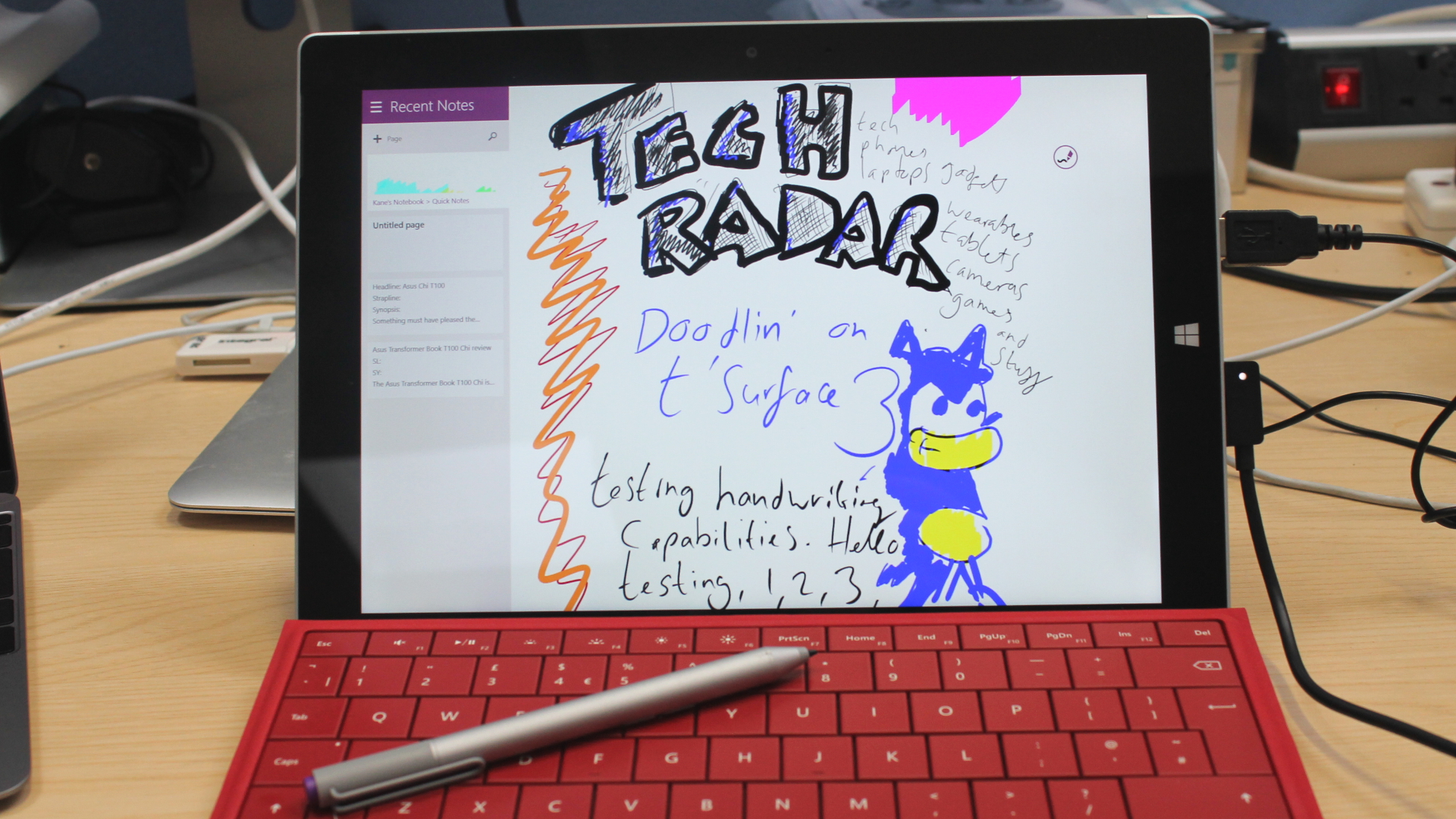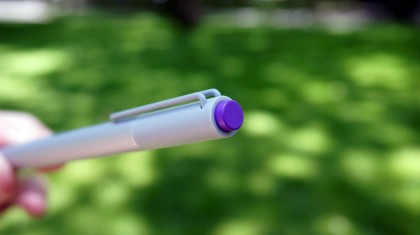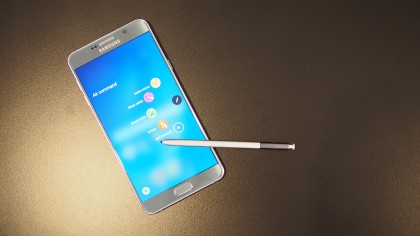Universal stylus to bring easy digital inking to tablets
Intel wants a tablet PC renaissance

Consumers who adopt a tablet or two-in-one convertible are primarily using these slates for touch input, but the touchscreen's storied history was drastically different a decade and a half ago. When Microsoft coined the Tablet PC term in 2011, it had envisioned a productivity-centric device where business executives and students can use the pen-enabled slates to take notes, capture ideas and draw.
With the renewed interest in tablets, thanks to the rise of more powerful hardware, new form factors and higher resolution displays, Intel wants to bring back the stylus. The Skylake chipmaker is one of the founding members of the Universal Stylus Initiative, a consortium that counts Lenovo, Dell, Synaptics, Sharp, Wacom and others as founding members, to bring a common stylus that is interoperable across multiple devices from different manufacturers. The goal is to have a universal stylus in the market by the end of this year.
The results of this initiative could be interesting, with Apple anticipated to head into the stylus market with its rumored iPad Pro and Microsoft with its N-Trig technology noticeably absent from the consortium.
The writing challenge
The plight for those who rely on stylus for input is that they don't work across different devices and you may need to buy a separate stylus for each tablet you own, said Arvind Kumar, Senior Principal Engineer at Intel, in a technical presentation at IDF 2015.
For example, I use a Samsung Galaxy Note Pro 12.2, a tablet that relies on an S Pen stylus based on Wacom's technology, at home and a Microsoft Surface Pro 3 at work, which uses a different N-Trig-based Surface Pen. My Surface can't register the S Pen and my Galaxy Note can't pick up signals generated by the Surface Pen.

Even between Dell tablet models launched within the same year, like the Venue 10 Pro and Venue 11 Pro, there are different stylus technologies on each, preventing pen interoperability.
While capacitive styli work across all devices with a capacitive touchscreen, like most modern smartphones and tablets, these devices are inaccurate, come with a large tip and doesn't emulate the pen-to-paper experience well.
Are you a pro? Subscribe to our newsletter
Sign up to the TechRadar Pro newsletter to get all the top news, opinion, features and guidance your business needs to succeed!
To combat this complexity, the Universal Stylis Initiative, or USI, created a common stylus standard that works across any USI-compatible tablet or device. Additionally, manufacturers like Microsoft, Wacom and Samsung could add in their own proprietary technology to bring added features, like more pressure sensitivity.
A universal solution
USI will provide specifications for how the stylus will be detected by the device, common interactions such as pressure and button usage and support for legacy and proprietary systems. Companies that adopt the USI specifications are free to design their own pens and implement their own firmware for different operating systems.

The goal is to enable 12 months of battery life on a single charge, meaning that the universal stylus will be more similar to the N-Trig and Synaptics technologies compared to the batteryless Wacom pens. The stylus will use a compact AAAA battery, and Intel defines battery life as three hours of active use each day over a year, or 1,080 hours.
The stylus can even go into a low power mode when not in use to further conserve energy.
Types of universal stylus
If the universal stylus doesn't come with any additional or proprietary features, it will work on any device that supports a USI controller. However, if the universal stylus also supports proprietary technology, like if Wacom adds its own features on top of the USI specs, it can work on a USI tablet or phone, or a Wacom-enabled device.
On a Wacom device, the tablet will prefer to operate in a USI-preferred mode, unless the added features are required by the user or app. In this case, it will switch to the Wacom mode.
USI hopes to ease the transition to the universal stylus by supporting legacy and proprietary functions on top of its standard. This also helps the interoperability challenge when introducing a new standard.
Benefits of a stylus
For manufacturers, having a universal stylus can reduce the cost and time it takes to create a pen-enabled tablet that's optimized for writing and drawing. For consumers, you'll be able to reuse your stylus even if you switch between different manufacturers or models, and you won't need to worry about compatibility issues.
Right now, if you're headed to a meeting and are a Microsoft Surface 3 user who forgot your stylus at home, you better hope your colleague uses a Surface 3 or Surface Pro 3 so you can borrow their Surface Pen. If not, you're out of lock. Interoperable stylus can make borrowing a stylus as easy as borrowing your neighbor's ink pen.
Having a universal stylus can also create a baseline experience for users looking at digital inking for the first time. Currently, the experience varies widely between capacitive touchscreen stylus, like those from Adonit and Paper, and active digitizers like those with N-Trig and Wacom technology.
With a universal standard, consumers won't be burdened with trying to figure out which technology is best. Instead, they can choose the hardware and device that they prefer, and they can expect good performance. Advanced users will likely still opt for a stylus with additional proprietary technology built in for more pressure sensitivity, accuracy and unique functions.
In the meantime, some manufacturers and accessory-makers are resorting to hybrid solutions, allowing users to capture notes using a traditional pen and paper, and then digitizing those notes using hardware and software. Examples include the HP Pro Slate 8 and Livescribe 3 pen.
- Read our feature on the best note-taking tablets